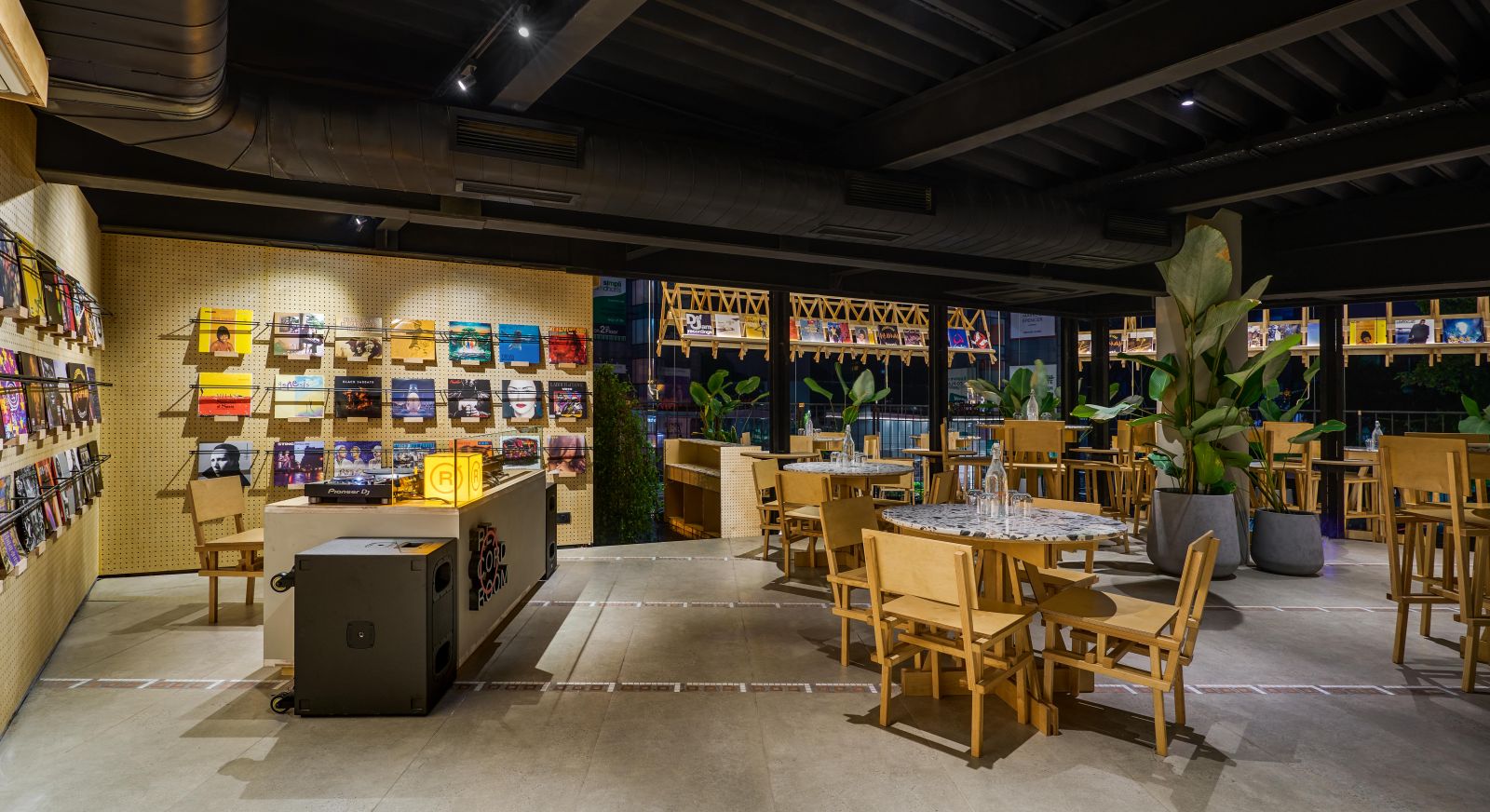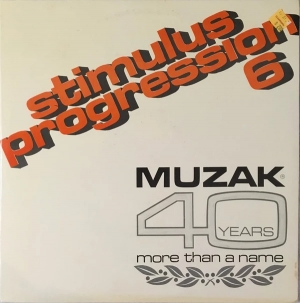

The end of CDs and the advent of streaming was widely heralded to be the absolute end of music’s long and often highly profitable era of physical distribution. It makes a hell of a lot of sense; the ubiquitous nature of disk drives in laptops, computers and cars made it oh-so easy to lug your fat stack of albums around and just play them anywhere. Cellular internet was also nowhere near good enough to use for playing music. All that’s changed, of course. You can’t find a CD drive in a device basically anywhere, the Discman is no longer a word anyone under 30 knows, and, well, Spotify is a shade over 100 rupees a month. Why on earth would anyone want to buy physical? However, something weird is happening. A format thought to be niche and needing a bulky, comparatively expensive device to use is making a comeback. It’s vinyl. Yes, those big circular things.
Vinyl sold over 40 million copies last year in the US alone; that’s the highest it’s been in 30 years. It’s also making a splash in the Gen Z demographic. Record stores and boutique pressing companies are beginning to find a footing (try the Revolver Club in Mumbai, for example). People are actually going out and buying the stuff. Companies like Black Groove are releasing Indian indie artists on vinyl, and this isn’t a bunch of isolated incidents. But what could this be attributed to? There are a bunch of reason, most of them speculative. But one can’t dispute the facts.
One can pinpoint one of the first things that brought vinyl back into the culture, which was Record Store Day, an annual event started about 14 years ago that aimed to celebrate vinyl. Indie stores signed up, sold units, held shows and gained prominence (go watch Opeth’s old acoustic sets at a record store for exactly this). This did create a bunch of noise, but that was merely one step in this new journey. That was an event. Now there’s The Record Room in Bangalore, a niche bar with a bunch of turntables in it and a wall of records. You can pick out what you want and listen to it while drinking a beer. Considering the costs of running a bar or venue these days, places like this are slowly starting to prove that vinyl and its surrounding culture is becoming a pretty serious investment. There are a lot of theories and guesses about the driving force behind what’s going on. Most of them are technical, but there are cultural ones that are arguably far more important and bode well for independent music in general.

There’s one misconception that comes wrapped in the truth, which is that nostalgia is the biggest reason for this comeback. Fine, yes. But that often leads to the initially obvious inference that everyone’s buying only old stuff and spending their lives crate digging for gems. While that is definitely a motivation for a few, it should be noted that the biggest selling artists on vinyl last year were ABBA (the new album, but after a hiatus), and importantly, Taylor Swift, Adele and Olivia Rodrigo among others. So it’s fresh stuff; artists are even putting out really beautifully made special editions now. Phoebe Bridgers, Steven Wilson and more have genuine collectors’ editions you can buy. So it’s not just that. There’s also the oft-repeated thing about vinyl’s one-of-a-kind audio quality and fidelity. This is also true. The famed crackle and pop with the unparalleled musical clarity you can get from an LP is a experience so unique that it should be a bucket list item for any music fan. But modern music isn’t intrinsically mixed for vinyl. Yes, of course the mix you hear on vinyl is different, but it’s derived from what are essentially digital mixes. This is actually quite interesting, because vinyl, a physical medium, is still flat-out the best way to hear a mix made in a DAW on a computer. This is because streaming services compress the absolute crap out of the music you hear; there’s so much details just gone. It can be compared to the cinema boom that’s following a similar vibe; people are going back to theaters post-COVID. And there are reasons for it, but the simplest reason is: watch Dune in IMAX and then watch it on your tablet or computer. The gulf is almost comically big.
All this being said, the biggest reason is most probably one thing that has been sorely missing in the consumption of culture these days, which is individuality. Streaming music is good for many things, but what it has caused is utter and complete homogeneity. We all have the same interface with the same algorithm, pumping out the same kind of discovery and playlisting. It’s the same press shots on curated playlist thumbnails, almost the same ‘rabbit holes’ we find ourselves going down. TikTok makes that whole process even worse. So the very act of collection and finding music we love is a newly unique experience that just happens to come packaged with great care and with best-in-class audio quality (haha). This is something young people are finding in vinyl that they basically can’t find in another type of consumable media besides printed books, which is, well, themselves. There’s identity in wax; there’s a story. My old Harry Belafonte LP of his seminal Carnegie Hall performance carries as much of a story as a Gen Z person’s copy of ‘Sour’ or ‘To Pimp A Butterfly’ or the new version of ‘Red’. It’s a way to find your own place in a world of music that has too much choice and a music industry that dearly wants you to be a sheep and play ‘Indie 101’ 9000 times. This is what vinyl really can do, and this is what it will live on if this new movement has legs.
It’s not all rosy though. This demand has put a lot of pressure on production, which is unfortunately done on specific machinery. Obsolete machinery, that is. Do you know how vinyl is made? First the grooves corresponding to the music are put onto a metal disc (the master disc, as they call it in the biz). Then you have to source the material (‘wax’ but not really), make little balls of it and then basically stamp the music onto them with a press under pressure and heat. And that’s one copy! You can see the problem with making this stuff at scale today where all the machines are either very rare or require restoration. So there’s hurdles to it. But people are there to buy and listen. That’s never bad. Vinyl is well and truly back.
Music through content creation is the future, and Bhavi is ahead of the curve thanks to platforms like Moj
The group of musicians is acting as an extremely important bridge between contemporary presentation and shedding light on casteism and social issues we ignore all too often



.png)


Leave a comment